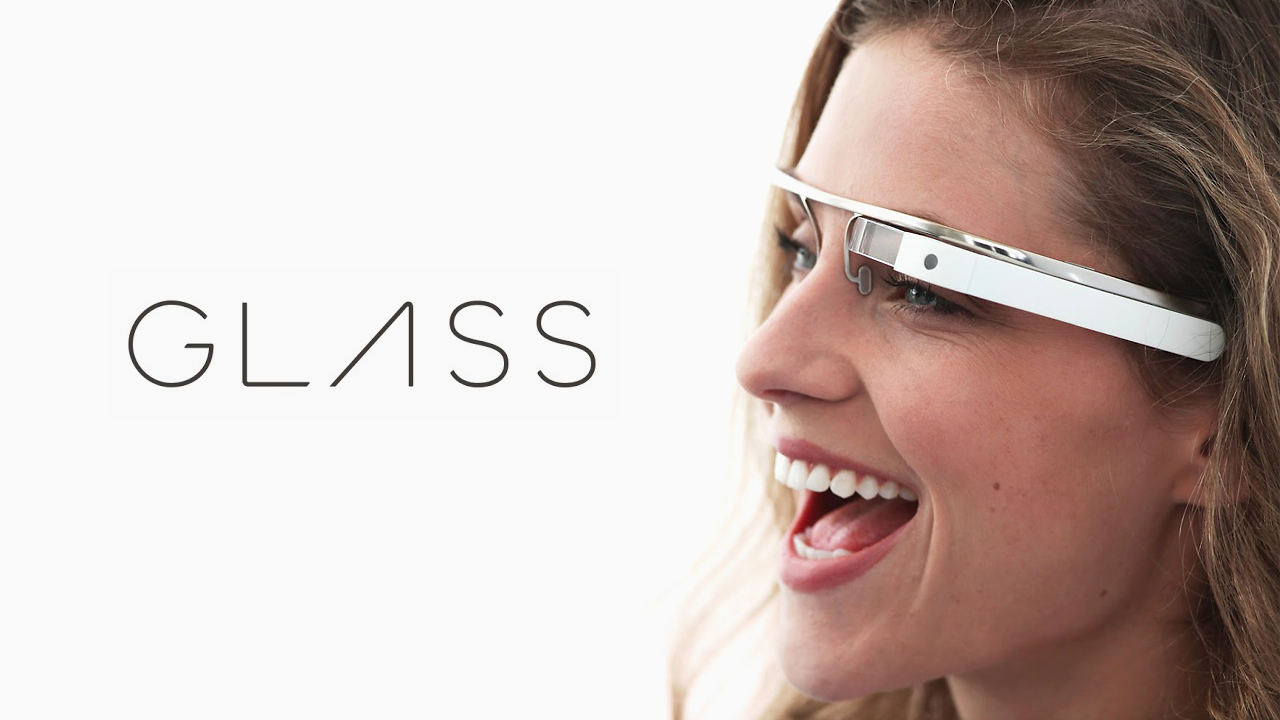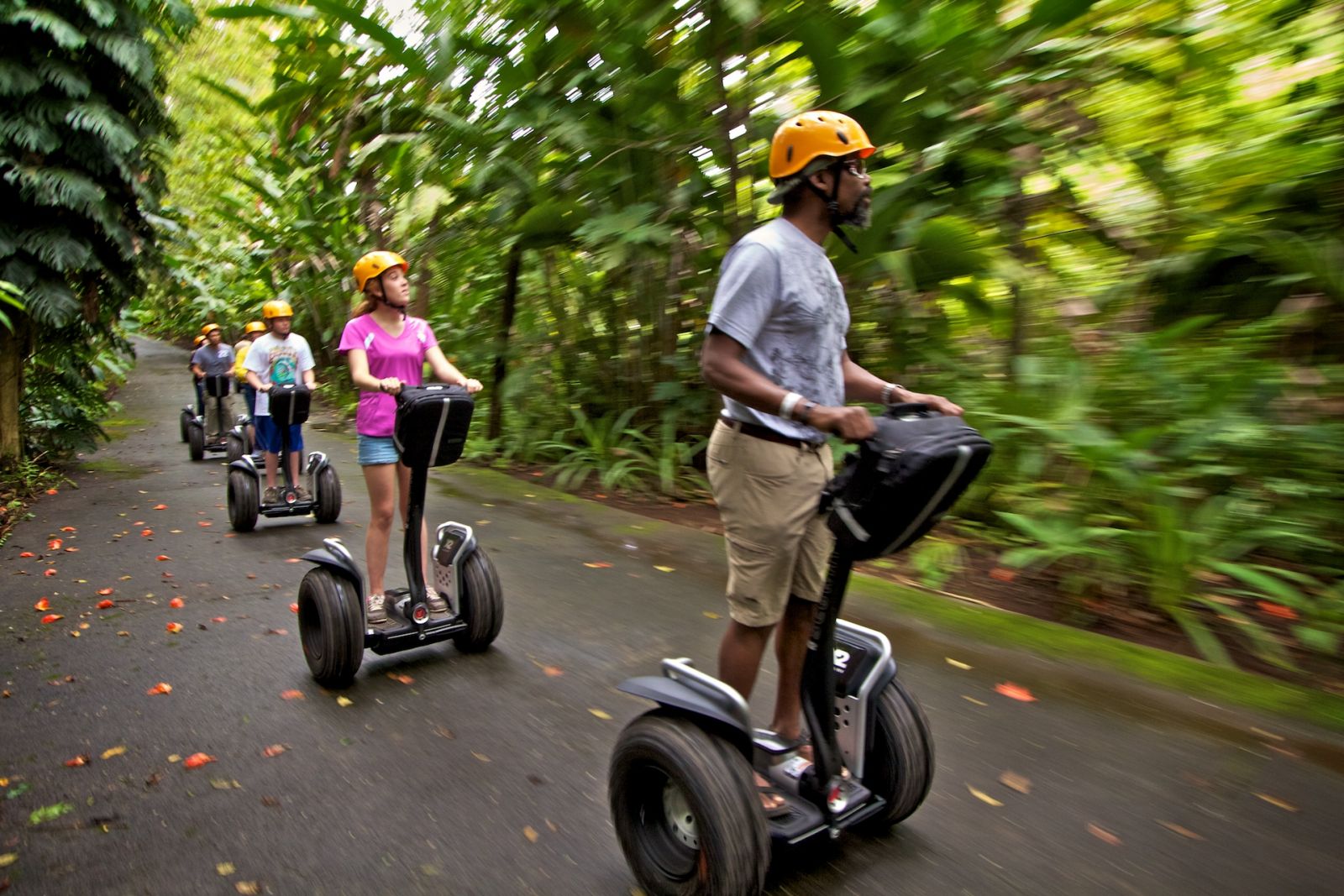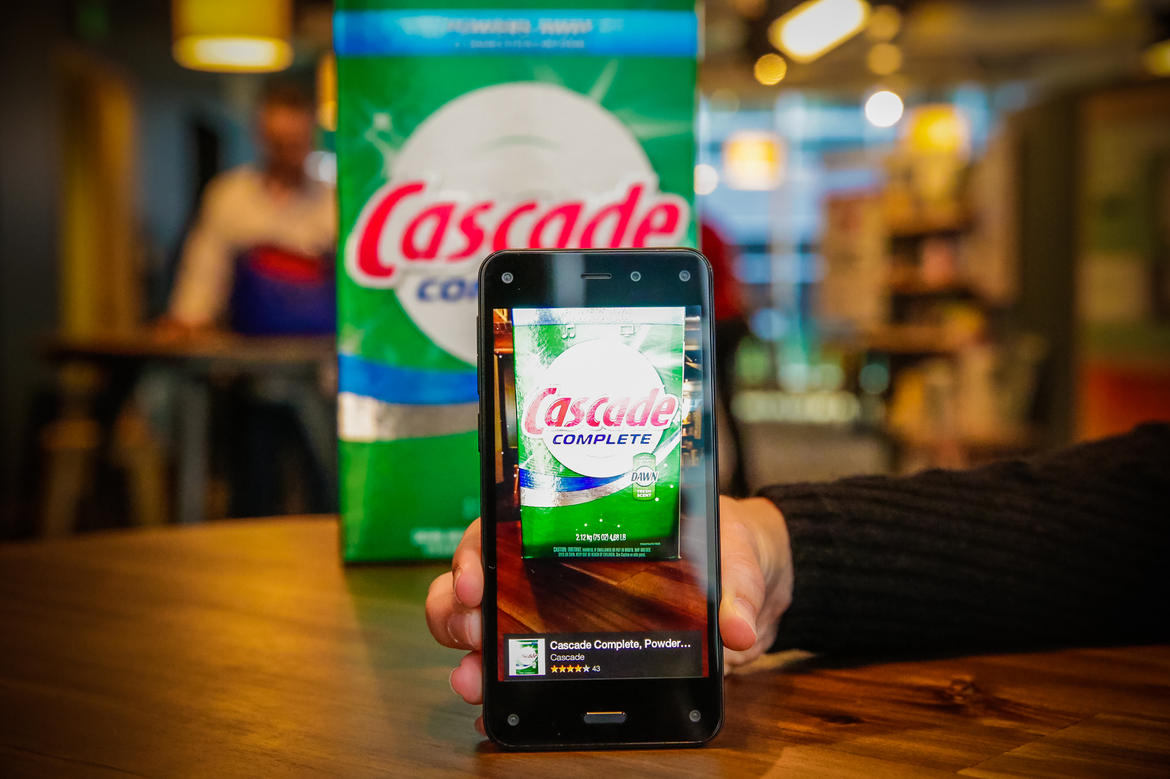The reason Google Glass, Amazone Fire Phone and Segway failed
With noise, the augmented reality goggles Google has frozen and want to remake from scratch. Amazon Fire Phone sales have failed. Segway developers wanted to sell 10,000 devices a week, instead they sold 24,000 in four years. What is the reason? Who's guilty? Adam Hartang, an expert in business growth, answers these questions in his article .
Fortune in low demand for Fire Phone blames Amazon CEO Jeff Bezos, the person who became Marketwatch's CEO of 2012, for micromanaging device design, while CEO had to pay more attention to development, production, and marketing. And the New York Times blamesSergey Brin that he failed the Google Glass project. Bryn, according to the publication, made the launch of the project loud, instead of listening to his own design team.
These articles blame the failure of the product itself and the head of the company. We need to look deeper in search of a common feature of failed projects. Recall the Segway : a two-wheeled vehicle that made a fuss in 2002. The founders were sure that they could sell 10,000 devices a week, and their company would reach billions in sales faster than anyone in history. Instead, they sold 24,000 segways in four years. Was this gadget bad? No, of course - this is a cool, but very expensive thing that many have dreamed about. The problem is positioning.

US Post has tested segway delivery of letters. Police used them in Chicago and Philadelphia. Employees of gas companies checked the sensors, driving around on this device. Chicago Fire Department gave them a paramedic. But this did not lead to huge sales. Something reminds me of that ... Ah, yes - Google Glass was tested by police in Dubai and New York . Instead of coming up with a killer feature and making the gadget as useful as possible, instead of concentrating forces on one market and meeting one need, the founders of Segway counted on the mass market.

The best new products change the rules of the game. These products find the need and satisfy it. They target a specific audience. You need to win in one market, create a loyal audience that will advise all friends and acquaintances to buy Segway for four thousand dollars.
To create a new product means to create its value for any type of use. In the case of Segway, this could be an attempt to present it as a golf cart, a vehicle for the elderly or for gas company staff checking the sensors. By focusing on one application, Segway could win in this market, and then enter new ones.
Fire Phone had a great chance to show its best side. He had features for online shopping and for using a smartphone in retail stores. But Amazon did not focus on retail applications, did not develop an idea that could help sell the gadget to stores. Amazon entered the mass market, where it had little chance - smartphones and so full, people already have iPhones, Samsung Galaxy and Google Nexus. The audience did not notice the new phone with average characteristics in the variety of other Android gadgets.

The same problem arose for the Google Glass project. This interesting gadget was used in the police, at airports, even in medicine - to help people suffering from Parkinson's disease. But there was no killer feature, the glasses became just a “cool gadget”, like Segway. And you need to be “useful” and “necessary” gadget. Whether Microsoft Hololens is waiting for such a fate, time will tell.
Developers forget that their potential customers already know how to do the right job, and do not ask for innovation. To succeed, you need to find unmet needs and direct all your energy to solving a specific problem. This will help create a loyal customer base that will help you enter other markets with a different application.
Fortune in low demand for Fire Phone blames Amazon CEO Jeff Bezos, the person who became Marketwatch's CEO of 2012, for micromanaging device design, while CEO had to pay more attention to development, production, and marketing. And the New York Times blamesSergey Brin that he failed the Google Glass project. Bryn, according to the publication, made the launch of the project loud, instead of listening to his own design team.
These articles blame the failure of the product itself and the head of the company. We need to look deeper in search of a common feature of failed projects. Recall the Segway : a two-wheeled vehicle that made a fuss in 2002. The founders were sure that they could sell 10,000 devices a week, and their company would reach billions in sales faster than anyone in history. Instead, they sold 24,000 segways in four years. Was this gadget bad? No, of course - this is a cool, but very expensive thing that many have dreamed about. The problem is positioning.

US Post has tested segway delivery of letters. Police used them in Chicago and Philadelphia. Employees of gas companies checked the sensors, driving around on this device. Chicago Fire Department gave them a paramedic. But this did not lead to huge sales. Something reminds me of that ... Ah, yes - Google Glass was tested by police in Dubai and New York . Instead of coming up with a killer feature and making the gadget as useful as possible, instead of concentrating forces on one market and meeting one need, the founders of Segway counted on the mass market.

The best new products change the rules of the game. These products find the need and satisfy it. They target a specific audience. You need to win in one market, create a loyal audience that will advise all friends and acquaintances to buy Segway for four thousand dollars.
To create a new product means to create its value for any type of use. In the case of Segway, this could be an attempt to present it as a golf cart, a vehicle for the elderly or for gas company staff checking the sensors. By focusing on one application, Segway could win in this market, and then enter new ones.
Fire Phone had a great chance to show its best side. He had features for online shopping and for using a smartphone in retail stores. But Amazon did not focus on retail applications, did not develop an idea that could help sell the gadget to stores. Amazon entered the mass market, where it had little chance - smartphones and so full, people already have iPhones, Samsung Galaxy and Google Nexus. The audience did not notice the new phone with average characteristics in the variety of other Android gadgets.

The same problem arose for the Google Glass project. This interesting gadget was used in the police, at airports, even in medicine - to help people suffering from Parkinson's disease. But there was no killer feature, the glasses became just a “cool gadget”, like Segway. And you need to be “useful” and “necessary” gadget. Whether Microsoft Hololens is waiting for such a fate, time will tell.
Developers forget that their potential customers already know how to do the right job, and do not ask for innovation. To succeed, you need to find unmet needs and direct all your energy to solving a specific problem. This will help create a loyal customer base that will help you enter other markets with a different application.
